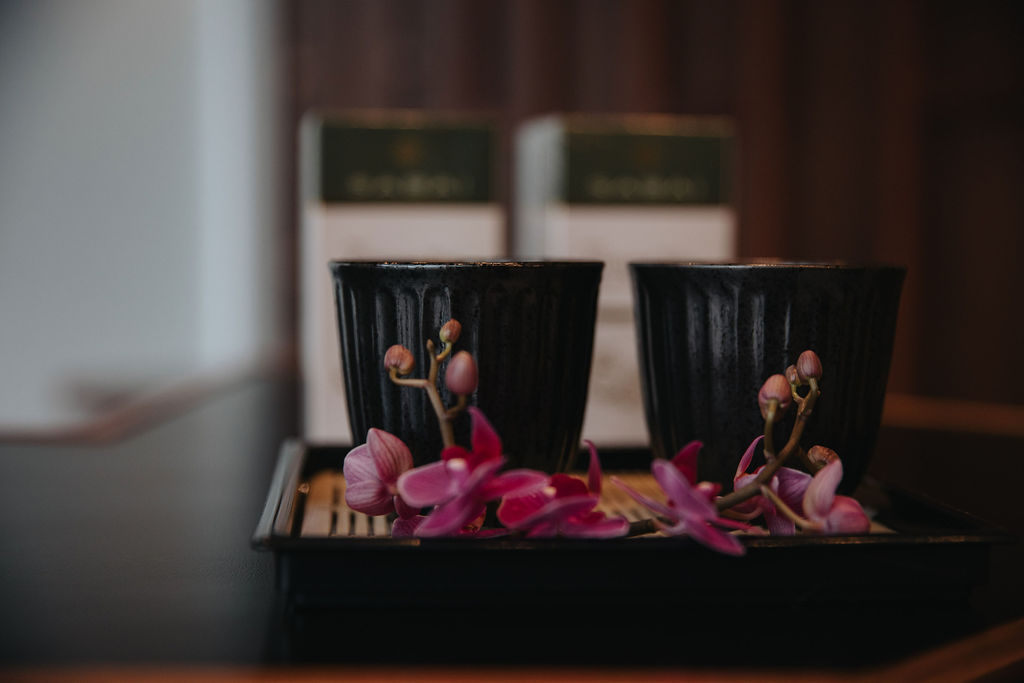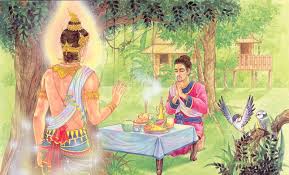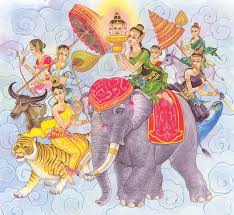April 13th is the traditional Thai New Year’s Day, which is celebrated by all Thai people, old and young alike, ordinary and royalty, throughout the entire country. Thailand adopted this tradition from the ancient Brahmins in India who believed that the sun re-entered Aries and finished its orbit round the earth on April 13.
Legend has it that there was a god named Kabilla Phrom who loved to bet. One day he learned about a little boy named Thammabal Kumara who, at the age of seven, was able to recite scriptures in public. Knowing of this prodigy, the god wanted very much to test Thammabal Kumara’s knowledge.
So, he descended to earth and posed three riddles to the boy, with a wager that if Thammabal Kumara could solve them, the god would give him his head. But if the boy failed to come up with the right answers within seven days, he would lose his head to the god.
The three riddles were: where did a person’s aura exist in the morning, where was it at noon, and where did it appear at night? The boy pondered over these riddles for six days. Yet he could not figure out the answers. Fortunately, while he was lying in despair under palm trees, he overheard a pair of male and female eagles laughing about how they would soon feast on the body of a boy who would Not be able to solve three riddles. During their conversation they disclosed the answers.
On the day of judgment, Thammabal Kumara just repeated what he had heard from the eagles, which turned out to be the correct answers. In the morning, a person’s aura appeared on his face, so he washed it. At noon, it was at his chest, so he wore perfume there. And at night, his aura moved to his feet, so he bathed them.
As he had lost the bet, the god kept his word and cut off his own head. However, the head of Thao Kabilla Phrom was known to have some very strange qualities: If it should touch the ground, the earth would catch fire; if it should be left in the air, there would be no rain; and if it should be dropped into the sea, the sea would dry up.
To save the earth from any of these calamities, the god’s seven daughters placed their father’s head on a footed tray and carried it in a procession around Mount Sumeru before setting it in a cave at Mount Krailat with many offerings. Every new year on Songkran Day, the god’s seven daughters took turns bringing out the god’s head and carried it in procession around Mount Sumeru.
The seven Ladies of the Songkran festival are named after the seven days of the week. Each year, Songkran Day will fall on one of the seven days.
According to the legend, these Songkran ladies are more hideous than gorgeous. However, a beauty contest to choose the Songkran lady of the year always misleads people to believe otherwise.




